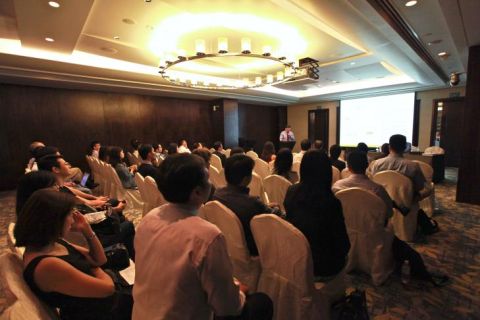
1. Start early – at least six months before the grant closing date – and get as many colleagues as possible to review your proposal frankly. Then plug the gaps. When in doubt, get help.
2. Talk to your collaborators early – be clear about who is going to do what.
3. When writing your proposal, be persuasive about why your study is important: Will it fill important gaps in science? Will it change current thinking? Just because it has never been done before in Singapore is not a good reason.
4. Include pilot data that provides the foundation and evidence for the hypothesis and methodology to boost your chances of getting it approved. Grants without good pilot data rarely get funding.
5. Make sure your proposal answers the following five points in the affirmative: Is the research feasible, interesting, novel, ethical and relevant?
6. Be specific about your study aims. State them as a primary aim (one only), secondary aims (multiple permitted) and exploratory aims (multiple permitted).
7. Make sure that the overall study strategy, design, methodology, conduct, data collection and analysis are well-reasoned and appropriate to accomplish the specific aims of the project.
8. Include a testable hypothesis for each aim, supported by a well-defined outcome metric and analysis approach.
9. Calculate your sample size to give high probability of a conclusive outcome of the primary hypothesis.
10. Outline your long term plans, i.e., after you get the initial funding of three years and complete the experiment, what do you intend to do and how can it be used to get larger grants.
Lastly, don’t miss the deadline!
Source: SingHealth Office of Research and Academic Medicine Research Institute.
Adapted with permission from SingHealth Office of Research.
See More News
Want to see more of SMU Research?
Sign up for Research@SMU e-newslettter to know more about our research and research-related events!
If you would like to remove yourself from all our mailing list, please visit https://eservices.smu.edu.sg/internet/DNC/Default.aspx

